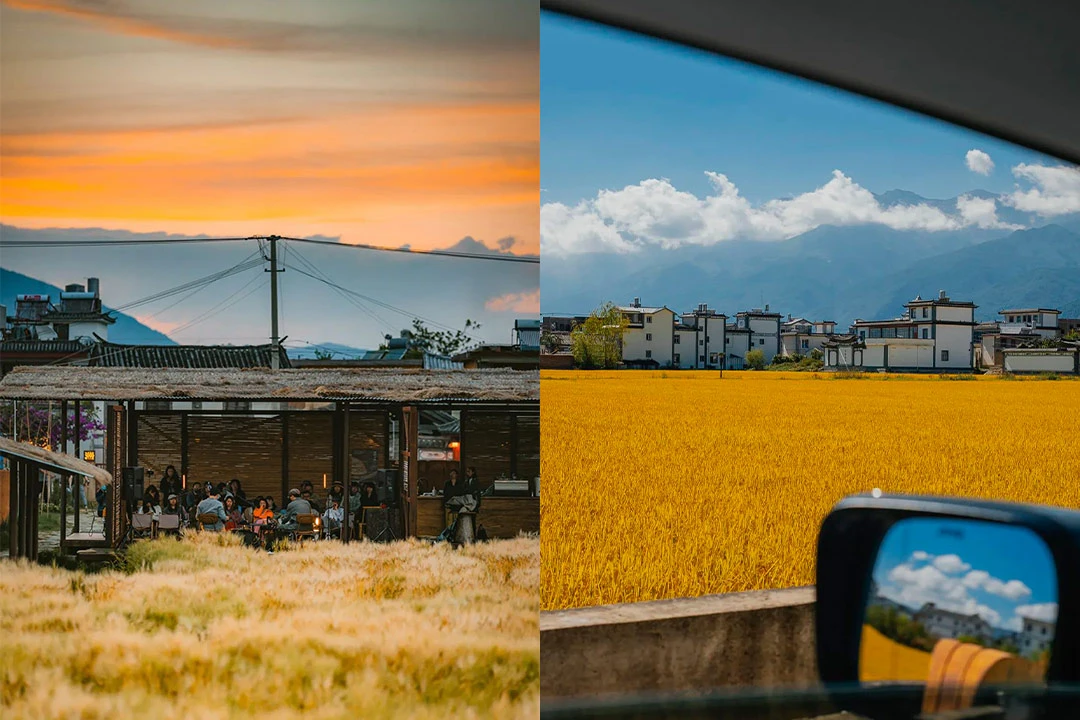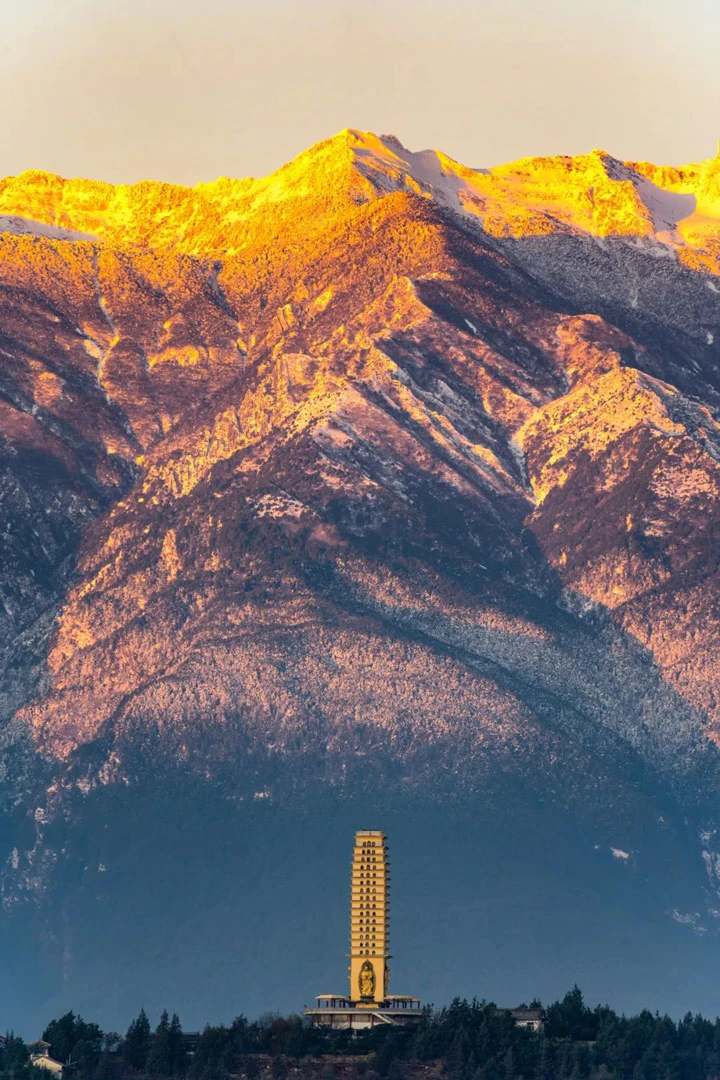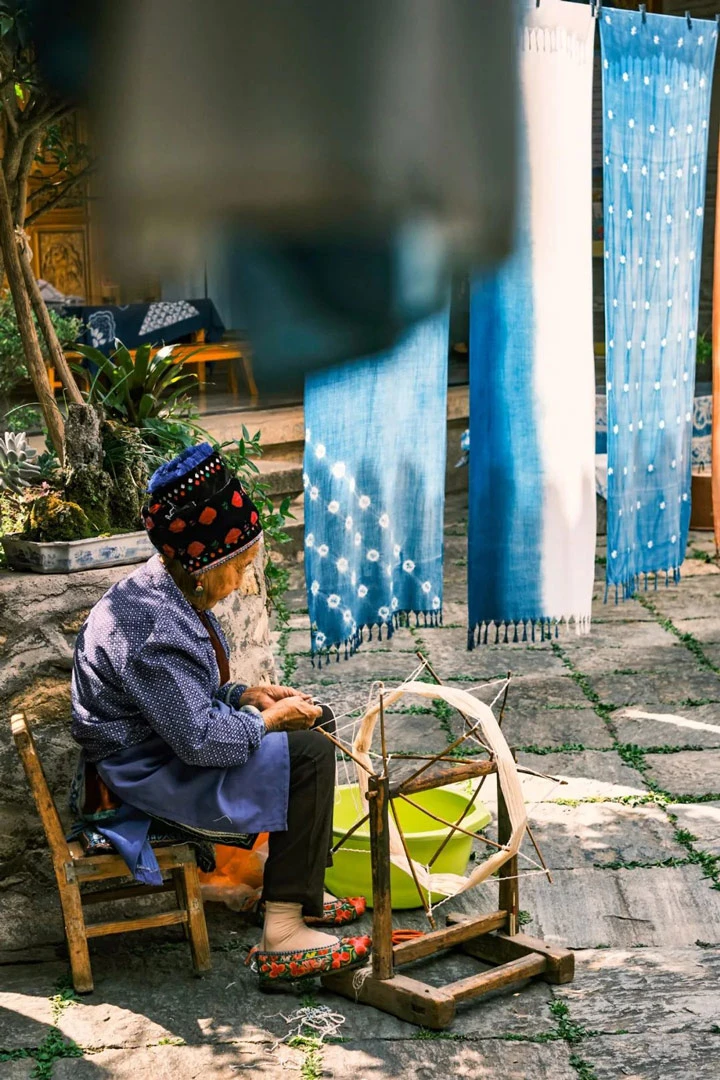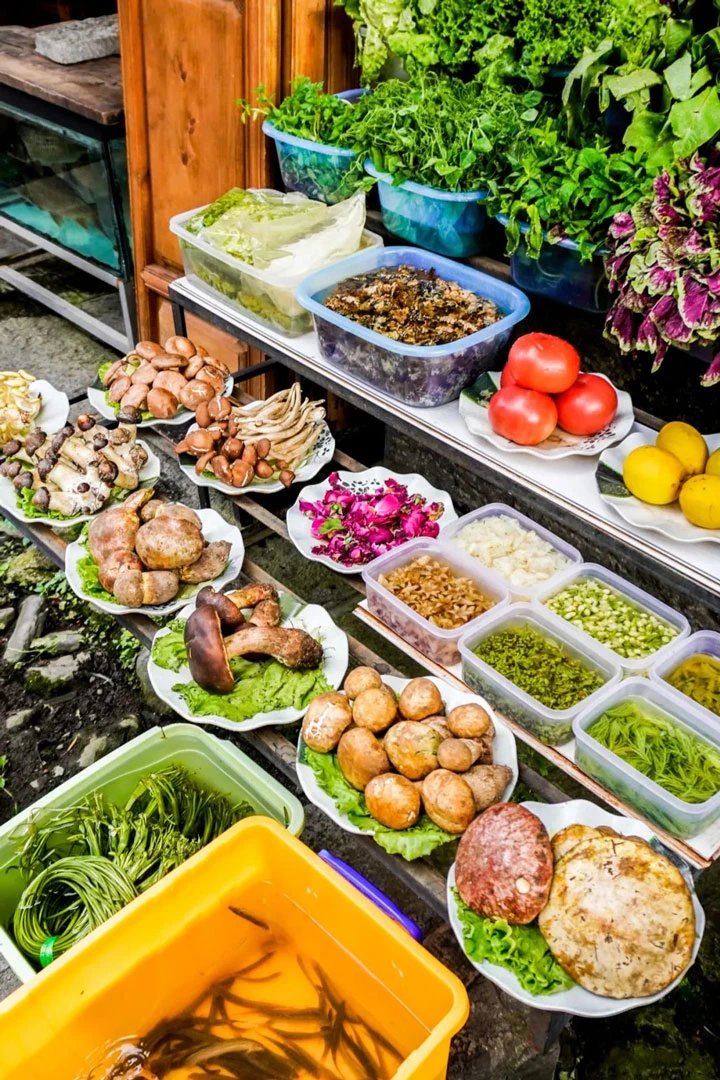Dali, known as the beginning and end of many a poetic journey, is a city that embodies charm and allure. It is a place where the natural beauty of the landscape meets the dreams and ideals of countless young people. This city, nestled between mountains and water, serves as the spiritual retreat for many weary workers across China. So what is it about Dali that makes it stand out in a nation full of spectacular landscapes and vibrant cities? Why does it consistently attract so many visitors and so few complaints?
A Natural Haven
Dali's appeal can be traced back to its geographic and historical significance. In ancient times, Dali was both a city and a kingdom. The Kingdom of Dali, known for its devout Buddhist rulers, spanned parts of present-day Yunnan, Guizhou, Sichuan, and even parts of Myanmar, Laos, Vietnam, and India. Modern Dali is a prefecture-level city in Yunnan Province, consisting of several counties and a county-level city. However, most people associate Dali with the ancient city built during the Ming Dynasty on the western shores of Erhai Lake.
Even without human influence, Dali would still be a remarkable place due to its unique geography. The city is surrounded by the Cangshan Mountains on one side and the vast expanse of Erhai Lake on the other. This natural enclosure creates a sense of seclusion, making Dali feel like a world unto itself. The fertile plains between the mountains and the lake have supported agriculture for centuries, contributing to the area's longstanding prosperity.
The Cangshan Mountains, with their snow-capped peaks, provide a stunning backdrop to the city. The highest peak, Malong Peak, rises over 4,000 meters above sea level, creating a dramatic contrast with the 2,000-meter-high Erhai Lake. This drastic elevation change not only enhances the visual appeal but also creates unique weather patterns. The mountains often attract clouds that produce the Tyndall effect, where beams of sunlight break through, casting a golden glow over the landscape—a sight that has captivated inhabitants from ancient emperors to modern tourists.
A Cultural and Historical Treasure
Dali's rich history is deeply intertwined with its geography. The area has been a cultural and political center for centuries, from the time of the Nanzhao Kingdom to the Dali Kingdom and beyond. Historical sites abound, with perhaps the most intriguing being the Nanzhao Dehua Stele. This ancient monument was erected by the Nanzhao king after a significant victory over the Tang dynasty, detailing his achievements.
Another notable landmark is the Three Pagodas of the Chongsheng Temple, located near the ancient city. These pagodas, which date back to the Tang dynasty, are a testament to the region's rich Buddhist heritage. Despite their age, the pagodas remain remarkably well-preserved, standing as symbols of Dali's historical and cultural significance.
The Bai ethnic group, who have lived in the Dali area for centuries, add another layer of cultural richness. Their unique customs, such as the worship of local deities known as "benshu," traditional festivals like the March Fair, and distinctive crafts like tie-dyeing, provide visitors with a glimpse into a way of life that has persisted for generations. The Bai people's architecture, with its elegant and intricate designs, also stands out, contributing to Dali's charm.
A Modern Retreat
In the late 20th century, Dali, along with Yangshuo and Lijiang, was discovered by young Western backpackers who dubbed it one of China's hidden gems. These travelers were drawn to Dali's picturesque landscapes, relaxed atmosphere, and rich cultural heritage. The "Foreigner Street" in Dali's ancient city is a remnant of this era, where Western-style cafes and bars still thrive, blending seamlessly with traditional Bai architecture.
In recent years, Dali has continued to attract a diverse mix of people. From ambitious young entrepreneurs to artists, musicians, and digital nomads, many have come seeking a slower pace of life and a closer connection to nature. The influx of new residents has led to a vibrant mix of cultures and lifestyles, with organic cafes, art studios, and boutique shops popping up throughout the area.
The city's cultural events and festivals further enhance its artistic atmosphere. The Dali International Photography Festival, for example, draws photographers from around the globe, showcasing their work and providing a platform for artistic exchange. Similarly, the March Fair, a traditional festival celebrated by the Bai people, offers a glimpse into the region's cultural traditions through music, dance, and local crafts.
Despite the inevitable commercialization that comes with popularity, Dali has managed to retain its authenticity and charm. The city's welcoming and inclusive atmosphere makes it a haven for those looking to escape the hustle and bustle of urban life. Whether it's enjoying a quiet morning by Erhai Lake, exploring the ancient streets of the old town, or hiking in the Cangshan Mountains, Dali offers a unique blend of tranquility and adventure that continues to captivate all who visit.
Rediscovering Life's Simple Pleasures
In Dali, the pace of life is refreshingly slow, encouraging residents and visitors alike to savor each moment. This slower rhythm allows people to rediscover life's simple pleasures, such as enjoying a leisurely walk along Erhai Lake, sipping tea in a quaint café, or exploring the local markets filled with handmade crafts and fresh produce.
The local cuisine is another delight, with traditional Bai dishes offering a culinary adventure that tantalizes the taste buds. From the famous raw fish prepared with local spices to the delicious Erkuai, a rice cake dish unique to the region, every meal in Dali is a celebration of local flavors and traditions.
Dali's natural beauty and cultural heritage have inspired a growing movement towards sustainable living and eco-tourism. Many local businesses are committed to preserving the environment and promoting sustainable practices. Eco-friendly accommodations, organic farms, and initiatives to protect the lake and mountains are all part of the effort to maintain Dali's pristine beauty.




